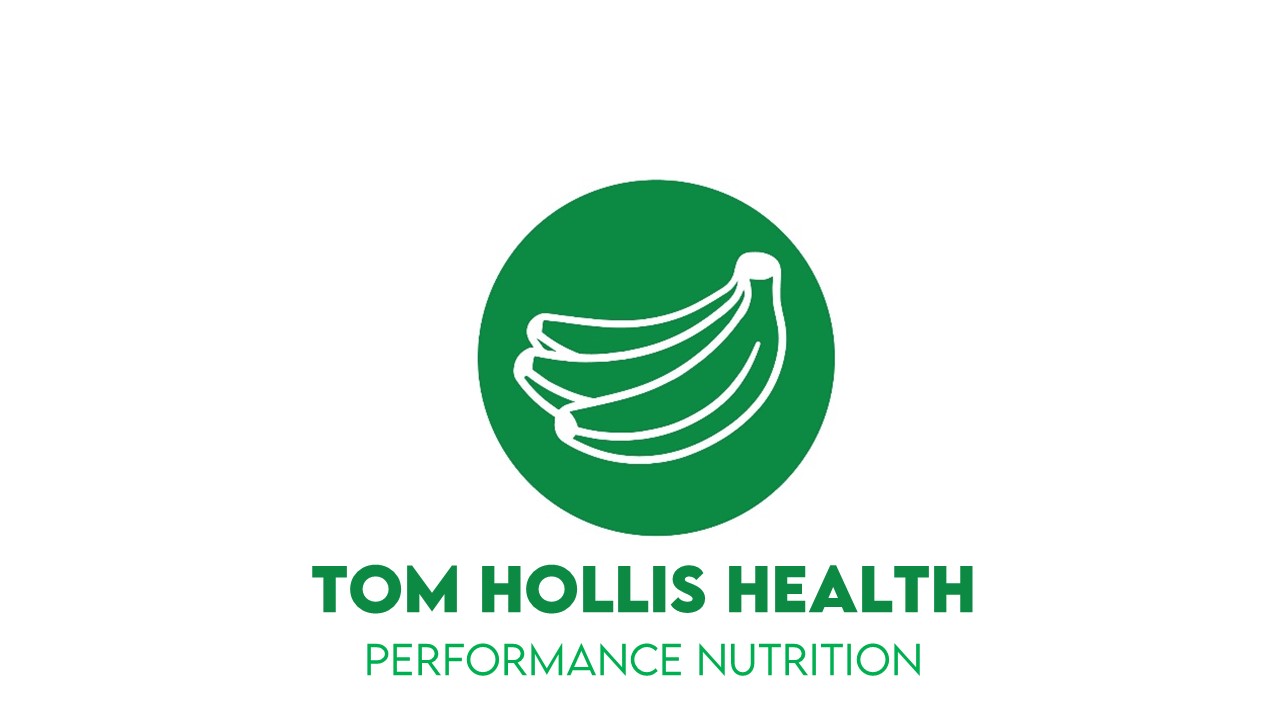Following up on part one, here are the next set of nuggets of wisdom which have helped to transform the way I look at running. These three are all focused on specific elements of a training regimen.
4. Park runs = helpful
I always used to think running training had to be really specific. In other words, if you’re training for a marathon, all training sessions have to be focused on going long, or at least long-ish. Only if you’re training for short or middle distances would you bother with high intensity, short duration training, right?
Wrong. Very wrong. In order to become a faster runner over any distance, you have to incorporate speed work over short distances. These faster sessions help to boost your anaerobic threshold (the point at which lactic acid accumulates faster than it can be cleared), and help to complement the longer, steadier training sessions (see above). The prime example of a perfect speed session has to be the Park Run. I was fairly late to the game with these, but a weekly, timed (and free) 5k race is ideal for monitoring training progress and the impact of those marginal gains. And with Park Run tourism a very real thing, there’s no excuse for missing out, whatever your weekend plans (hangovers permitting, of course).
5. Keep it varied
And just to expand on point 4 a little further, as well as incorporating speed work into training, variety really is the key. Advanced marathon plans might mention interval training, hill work, tempo runs, easy runs, steady runs, race pace runs…etc. etc.
The benefits of each of these components could be discussed in individual posts of their own (although that being said, sometimes the definitions do seem to overlap a little). Hill work, for example, provides a natural interval session while improving stride pattern (cadence) and therefore your overall speed.
But my main point here is that by including as much variation as possible, it helps prevent training boredom / fatigue, works on improving different aspects of your running simultaneously, and also helps you to be flexible with a training pattern. For example, during a busy few days of work, it might not be conceivable to even think about a long run, but there would almost always be time to squeeze in a quick hill session and not feel like you’re missing out or falling behind. Most of us have jobs, families, busy social calendars or all of the above, so it’s about working with what’s around you and what’s going on in in your real, non-running, life. A varied training plan helps with that.
6. When in doubt…rest
And to link again to the points above, a key, and often neglected part of any training plan is rest and recovery. Runners are infamously poor at recognising (or at least acknowledging) signs of fatigue, instead choosing to ignore dwindling energy reserves or minor injuries.
The risk, of course, is that, if overlooked, minor niggles can become strains, and strains can become full-blown injuries that put the whole race in jeopardy. The problem, however, is in identifying what is a minor but potentially worrying niggle, and what is just a bit of natural aching. Any runner who has completed a training program will have experienced plenty of both, and I believe that the skill in differentiating between the two just comes with more and more of this experience.
The ideal situation would be to have regular input from a sports physiotherapist throughout a training schedule, but this is just not realistic for most amateur runners (although I certainly try my best to get a few ad hoc tips from the physios on ICU…), so the message really should be one of caution. When in doubt: REST. One or two missed days of training really won’t make that much difference at all – although it might just take a coach, flatmate or partner to convince you of that. And remember also that just because you’re not out running, it doesn’t mean you can’t be doing something else that complements your running, such as strength and conditioning, planning your schedule or even just getting your nutrition spot on.
I am far from perfect at this and am definitely still guilty of ignoring my body’s signals from time to time, but I am slowly getting there. I had a dull, niggly hamstring issue recently that just wasn’t responding to any stretching out, nor getting any better with training. I was reluctant to ease up much with training as I had a half marathon just round the corner, but was convinced by my wife to take the next week very easy, including a few days off completely. Sure enough, the issue resolved itself and I recorded my half marathon PB the week after. Potential injury avoided, and lesson learned!
In the next week or so, I’ll post the third and final installment of this list, which will include some tips I’ve learned on nutrition in marathon training. Stay tuned.




